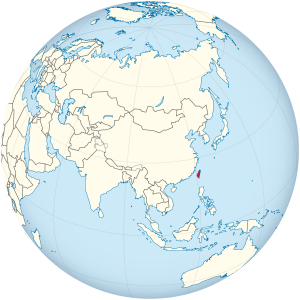
Chinese Taipei has developed an AMI road map that identifies specific benefits which they expect to receive from the AMI phase of smart grid implementation. The economy’s goal is to complete AMI installation for 23,000 high voltage users and 5,000,000 low voltage users by 2020 with the expected benefits of reducing peak load by 650 MW, saving 5 percent of electricity consumption (9.8 TWh), and reducing 4.39 million tonnes of CO2 emissions.
A project on “Addressing Challenges of AMI Deployment in APEC” was proposed in January 2011 by Chinese Taipei, with co-sponsorship by Japan, Korea, Thailand and the United States. Work began in April 2011 and should be complete by April 2012. A power grid must become “smarter” in order to maximize utilization of renewable energy and improve energy conservation. Advanced Metering Infrastructure (AMI) can help the grid to do so. An AMI system typically consists of three components – a “smart meter” at the customer’s premise, a communications network between the smart meter and the utility, and a “meter data management application” (MDMA) at the utility. The system can enable more intelligent energy consumption decisions for customer side and provide more efficient and reliable gird for utility side. But field trials indicate that there are many obstacles to overcome for wider AMI implementation. These include policy, meter reliability, information security, and customer education. The project will investigate and compare the development strategies and current status of AMI in all APEC economies, identify effective AMI polices and best practices, and provide recommendation for AMI deployment.